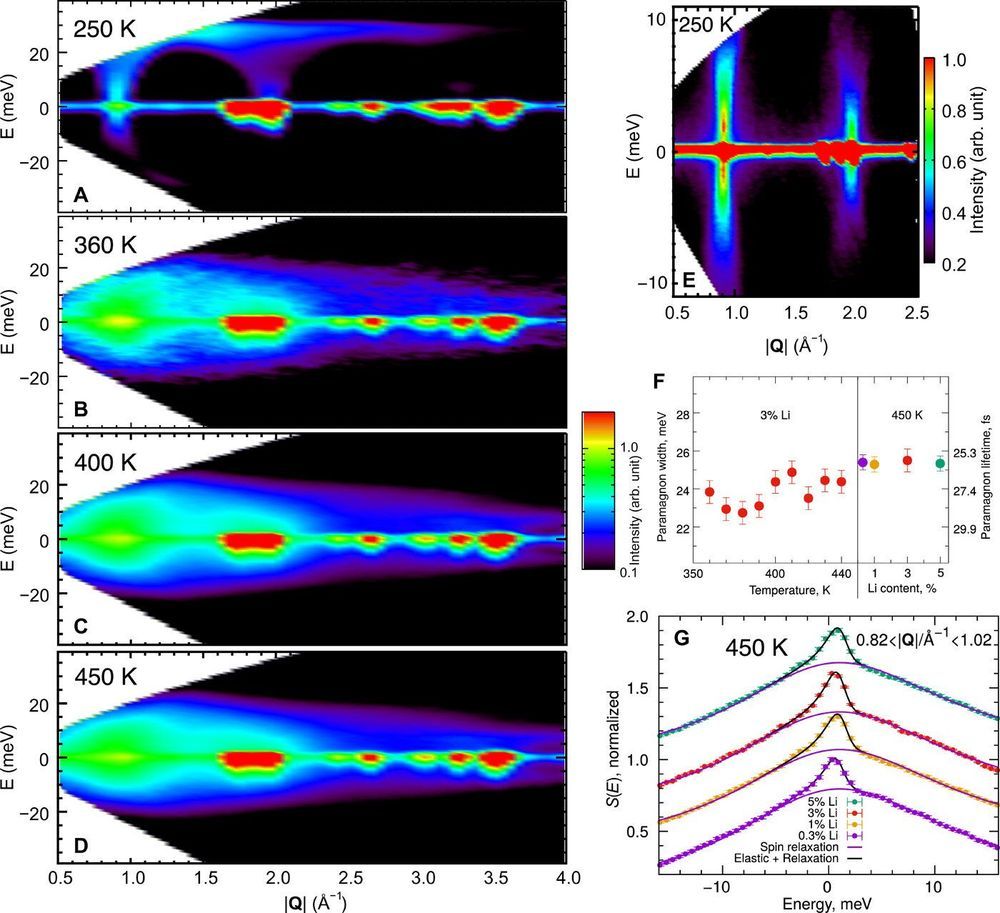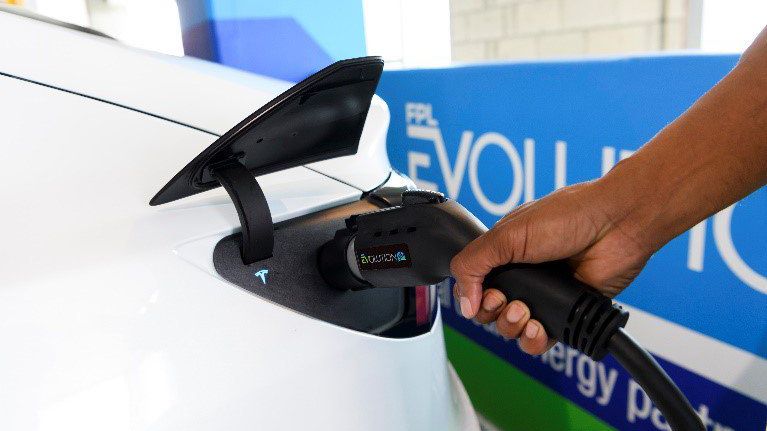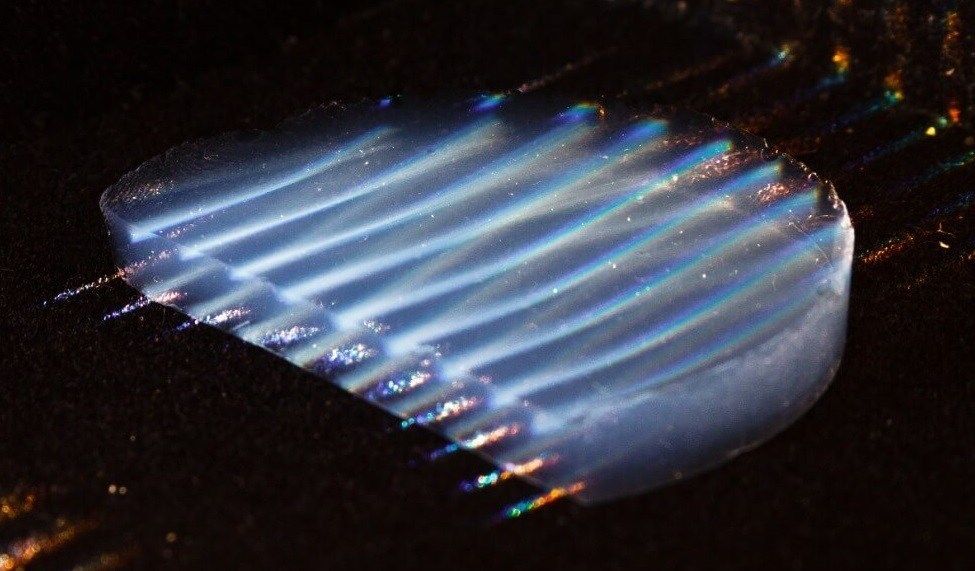https://www.academia.edu/6213899/First_Low_Earth_Orbit_Stati…oid_Mining It processes asteroid material, produces fuel and has long term habitation facilities for staff (artificial gravity ring, radiation protection ect.). Animated


https://www.academia.edu/6213899/First_Low_Earth_Orbit_Stati…oid_Mining It processes asteroid material, produces fuel and has long term habitation facilities for staff (artificial gravity ring, radiation protection ect.). Animated

An international team of scientists has figured out how to capture heat and turn it into electricity.
The discovery, published last week in the journal Science Advances, could create more efficient energy generation from heat in things like car exhaust, interplanetary space probes and industrial processes.
“Because of this discovery, we should be able to make more electrical energy out of heat than we do today,” said study co-author Joseph Heremans, professor of mechanical and aerospace engineering and Ohio Eminent Scholar in Nanotechnology at The Ohio State University. “It’s something that, until now, nobody thought was possible.”

A new initiative by Florida Power & Light aims to to install 1,000+ charging ports at 100+ locations across Florida, including major roadways, large employers and popular tourism destinations.
Florida Power & Light is committing to EVs in a big way. In an announcement today, the Juno Beach-based company revealed that its would be rolling out 1,000 new EV charging points at 600 stations.
They’ll be distributed across 100 different locations. Some will serve employees of large corporations in the area like Office Depot. Shopping malls, public schools and municipal buildings are also in the mix, as are popular tourist spots like Lion Country Safari.
Naturally, each charging point will be accompanied by a dedicated EV-only parking space.

If you are a Lifeboat subscriber or have been reading these pages for awhile, you may know why it’s called “Lifeboat”. A fundamental goal of our founder, board, writers and supporters is to sustain the environment, life in all its diversity, and—if necessary—(i.e. if we destroy our environment beyond repair, or face a massive incoming asteroid), to prepare for relocating. That is, to build a lifeboat, figuratively and literally.
But most of us never believed that we would face an existential crisis, except perhaps a potential for a 3rd World War. Yet, here we are: Burning the forests, killing off unspeakable numbers of species (200 each day), cooking the planet, melting the ice caps, shooting a hole in the ozone, and losing more land to the sea each year.
Regading the urgent message of Greta Thunberg, below, I am at a loss for words. Seriously, there is not much I can add to the 1st video below.
Information about climate change is all around us. Everyone knows about it; Most people understand that it is real and it that poses an existential threat, quite possibly in our lifetimes. In our children’s lives, it will certainly lead to war, famine, cancer, and massive loss of land, structures and money. It is already raising sea level and killing off entire species at thousands of times the natural rate.
Yet, few people, organizations or governments treat the issue with the urgency of an existential crisis. Sure! A treaty was signed and this week, Jeff Bezos committed to reducing the carbon footprint of the world’s biggest retailer. But have we moved in the right direction since the Paris Accords were signed 4 years ago? On the contrary, we have accelerated the pace of self-destruction.

In the most extreme regions of the universe, galaxies are being killed. Their star formation is being shut down and astronomers want to know why.
The first ever Canadian-led large project on one of the world’s leading telescopes is hoping to do just that. The new program, called the Virgo Environment Traced in Carbon Monoxide survey (VERTICO), is investigating, in brilliant detail, how galaxies are killed by their environment.
As VERTICO’s principal investigator, I lead a team of 30 experts that are using the Atacama Large Millimeter Array (ALMA) to map the molecular hydrogen gas, the fuel from which new stars are made, at high resolution across 51 galaxies in our nearest galaxy cluster, called the Virgo Cluster.
The electromagnetic field generator includes a shell, an electrostatic generator, a power plant, a thermoelectric generator, and an electric motor. The shell has embedded polycrystalline ferroelectric ceramic material which is polarized such that the ceramic material exhibits strong Piezoelectric Effect properties thus inducing high frequency vibrations. The shell may be further doped with radioactive elements which under high frequency vibrations induce gamma ray emission. The electrostatic generator is for charging up the shell and is disposed within the shell. The power plant is to generate thermal power, and is disposed within the sphere. The thermoelectric generator is to convert the thermal power generated by the power plant to electrical energy. The electric motor powered by the electrical energy generated by the thermoelectric generator, and supplies input voltage such that the shell spins at high angular speeds, vibrates at high frequencies, and generates an electromagnetic field.

The earliest form was used by a member of the Raiders and later adopted by Iron Man. These emitted photons into a small round shape and were generally a supplement to the rest of their armor’s defenses.[1]
U.S.Agent received a photon shield when he joined Force Works; it could be activated by voice command.[2] Around this time S.H.I.E.L.D. produced its own design using cooled plasma. Captain America briefly used the plasma shield while in exile. Not only were they useful protection, but the shields could be used as controllable projectile weapons.[3]
On Counter-Earth, Rebecca Barnes used a Vibranium-powered triangular energy shield.[citation needed].

On Marvel’s Agents of S.H.I.E.L.D., w hen Leo Fitz gave Director Coulson a new cybernetic hand to replace the one he left with Grant Ward’s corpse on the alien planet in “Maveth,” he teased the hand had a few surprises hidden inside. It turns out one of those surprises is a very cool artifact from the Marvel Comics Universe, which we saw in the episode “The Singularity.”
In the episode, Coulson and Agent May went looking for Daisy Johnson and Hive at the home of James, an Inhuman who formerly resided at Afterlife. By the time Coulson’s crew arrived, Hive and his growing Inhuman army had already fled the scene, but they left some explosives behind in the house. The quick thinking S.H.I.E.L.D. director pulled May down into a hole in the floor, where Daisy had unearthed an ancient Kree artifact, and shielded himself and May from the blast with…well, a shield.
The energy shield was formed by his cybernetic hand, with a S.H.I.E.L.D. logo on the center. Coulson tells May that he thought it would cool for the director of S.H.I.E.L.D. to actually have a shield, but it may be some of Coulson’s Captain America hero worship coming to the forefront.

